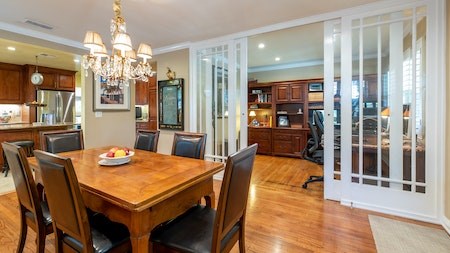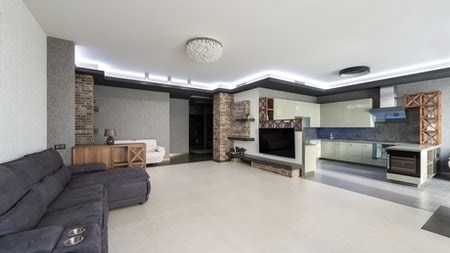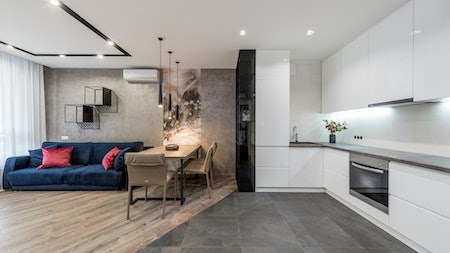The higher interest rate has boosted the demand for rentals even at the top end, but largely only in Cape Town where semigration is a big driver of the rising demand for rental accommodation according to Ross Levin, licensee for Seeff Atlantic Seaboard and City Bowl.
Demand drivers and pricing
He says there has been a tremendous increase in the demand for rentals, not due to distress in the sales market, but rather due to an influx of people to the Cape with many looking to rent before they buy, especially from Johannesburg, but now also from the Durban area.
Tourism, a return to the office, colleges and universities along with semigration from Johannesburg and now also Durban has increased demand significantly.
Where the price bracket of R25,000 to R35,000 per month was previously booming, there is now greater interest in higher end rentals ranging from R80,000 upwards.
Seeff agent, Bianca Wrankmore for example recently concluded a rental in Bantry Bay at R130,000 per month and at the Waterfront, Vivien Adler concluded a rental at R120,000 per month. Christine Ireland, another rentals agent also reported that she recently had 60 enquiries in a 24-hours period with family homes in the R40,000 to R50,000 per month range in high demand.
Apartments in the R10,000 to R20,000 per month range are always in demand. Levin says rental yields across the Atlantic Seaboard and City Bowl tend to be around the 4% to 6% mark, depending on the property.
Andrew Collins, rental manager for Seeff Southern Suburbs, agrees that rental demand in Cape Town is particularly high. While some of the demand may be due to more people heading to the rental market, he says it is also due to semigration with people relocating from Gauteng and KZN.
The average rental in the Southern Suburbs is around R22,000. Constantia rentals range from R25,000 to R35,000 per month, but luxury properties can go up to R100,000 per month depending on the property. Woodstock apartments which offer excellent access to the CBD area, tend to be around the R10,000 per month range.
Mr Collins says there is definitely a stock shortage in all areas from Woodstock to the Southern Suburbs as well as in Hout Bay and Llandudno, especially in the low and medium price bands, around R10,000 to R35,000 per month.
Excellent rental yields are on offer at the moment for buy-to-let investors in new developments such as The Hub in Woodstock, a high demand area, where ready vetted tenants are available, yields are around 7%. Also at Alphen Glen, a luxury development on the border of Constantia which offers rental yields of 6.8% to 9% on a one-bedroomed unit.
While Gauteng is also seeing higher demand for rental properties, rental rates are coming under increasing pressure, often due to higher stock levels and affordability challenges. John O’Reilly from Seeff Randburg Rentals says demand for rentals has been increasing month on month since January by an estimated 10 percent to 20 percent at least. Due to affordability being a big driver of the demand, the R7,000 to R14,000 per month range is the most active.
Stock levels in Randburg remain adequate, especially in the Linden and Randpark Ridge areas. One-bedroomed units tend to rent out at R5,500 to R7,500 per month, two-bedroomed units at R7,000 to R10,000 and three-bedroomed homes at R9,000 to R14,000.
Durban is also seeing high demand for rentals across various areas. Brett Botsis, licensee for Seeff Umhlanga, says KwaZulu-Natal’s residential rental yields are reasonably good at around 4 percent to 7 percent depending on the property., but there are obvious exceptions in certain nodes and neighbourhoods.
Here too, affordability is a big driver of the demand with the R12,000 to R25,000 per month range being the most active, but luxury rental homes priced up to R50,000 per month are also in demand. Umhlanga is interestingly seeing stock shortages of rental properties priced between R18,000 to R30,000 per month.
Writer: Gina Meintjes





